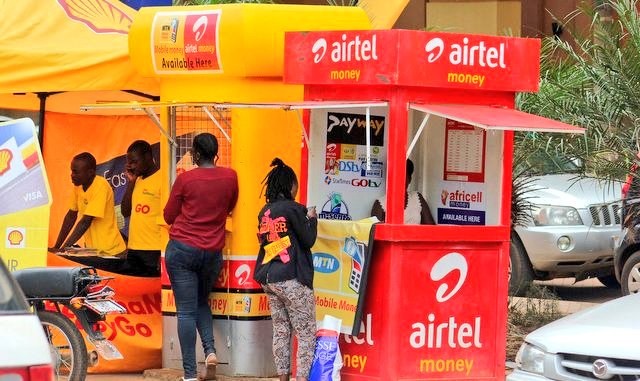
However, the number of individuals storing cash at home for long-term savings has risen from 27% to 44%, signaling potential distrust in formal financial institutions
Kampala, Uganda | THE INDEPENDENT | Mobile money, Savings, and Credit Cooperatives Organizations (SACCOs) have emerged as the leading drivers of financial inclusion, according to latest Finscope survey.
The survey, released on May 15, with the aim to provide insights into the financial behaviors, attitudes, and barriers faced by Ugandan adults, shows that mobile money services have recorded a notable rise in usage, climbing from 56% in 2018 to 64% in 2023.
Similarly, the utilization of SACCOs has surged from 5% to 14% over the same period. Commercial banks and other financial institutions, too, have also experienced growth, with usage increasing from 11% to 14%.
Despite these advances, challenges persist, particularly concerning the affordability, relevance, and awareness of formal financial services.
The survey highlights a significant reliance on informal savings mechanisms, with the proportion of Ugandans saving through mobile phones doubling from 23% in 2018 to 42% in 2023, and bank savings increasing slightly from 11% to 15%.
Concurrently, the number of individuals storing cash at home for long-term savings has risen from 27% to 44%, signaling potential distrust in formal financial institutions.
The borrowing landscape has also evolved, with a shift away from credit, as 44% of those surveyed borrow primarily to meet regular expenses. Interestingly, seven out of every 10 Ugandans were operating a personal budget deficit, meaning they are needing more money than they are earning to cover their personal budget.
In addition, more Ugandans are relying on their family and friends, personal savings and borrowing to manage their budget deficits than was the case in 2018, overshadowing formal banking institutions.
In terms of credit from formal sectors, SACCOs and mobile money each account for 16% of the borrowing market, whereas banks hold a smaller share at 8%. This dynamic suggests a market opportunity for formal lenders to develop products that cater to the specific needs of these communities.
Women excluded from financial services
The report also underscores a disparity in financial service usage across demographic lines. Men, urban residents, and those in formal employment are more likely to use formal financial services, whereas women, rural inhabitants, and informal workers are more dependent on informal financial solutions. Financial exclusion is most pronounced among women, rural residents, and those in the Eastern region.
Insurance services have experienced modest growth, with formal insurance participation inching from 1% in 2018 to 2% in 2023, despite administrative data suggesting a broader coverage of 5%. Notably, informal insurance mechanisms like burial societies have seen a decline.
The survey also sheds light on broader socioeconomic trends, such as the significant growth in Uganda’s younger adult population, which poses both challenges and opportunities for financial inclusion. The proliferation of mobile phone ownership and internet access has been marked, although disparities in gender and regional access remain.
The 2023 FinScope – fifth of its kind – was implemented by the Bank of Uganda in partnership with Financial Sector Deepening Uganda, Uganda Bureau of Statistics (UBOS), aBi – Agricultural Business Initiative, Ministry of Finance, Planning and Economic Development, and several other stakeholders.
The survey intended to indicate the state of financial inclusion in Uganda and insights into attitudes and perceptions of Ugandan adults regarding money management, financial products, and services.
 The Independent Uganda: You get the Truth we Pay the Price
The Independent Uganda: You get the Truth we Pay the Price



